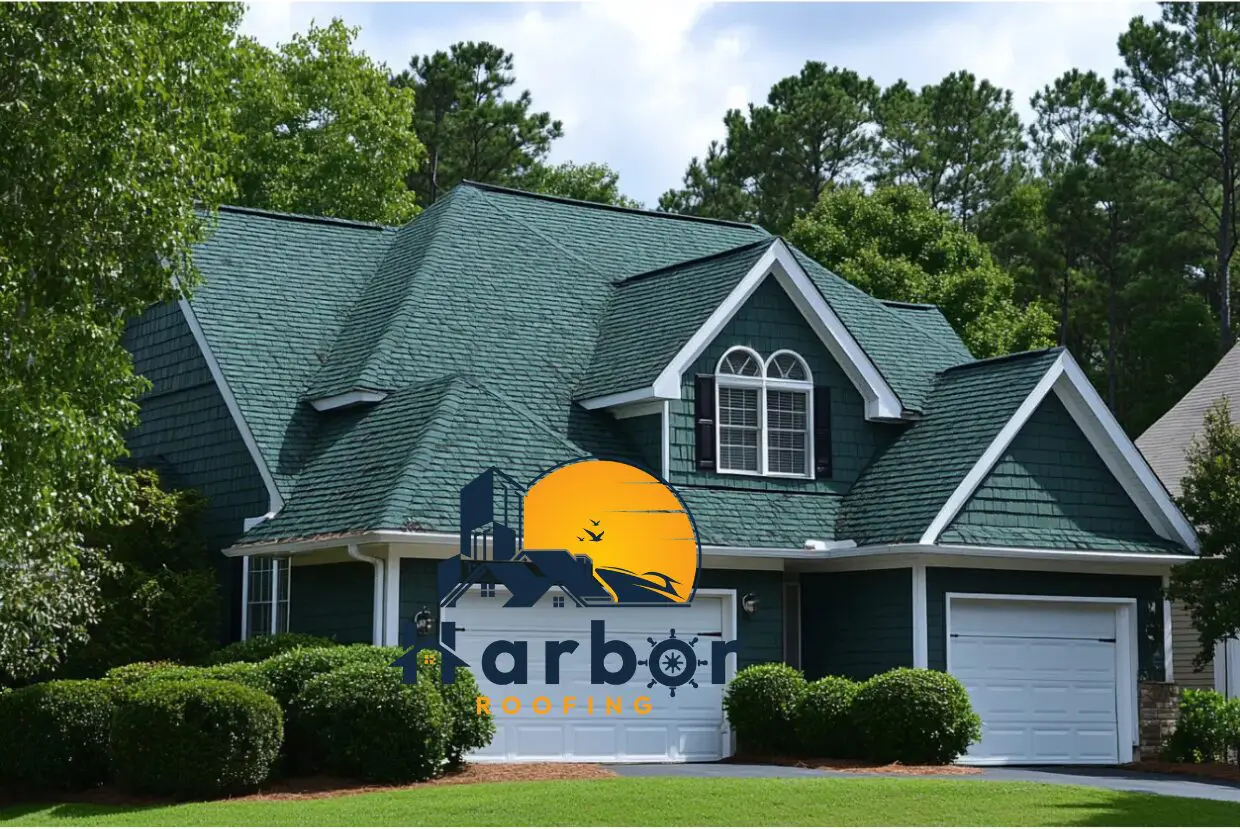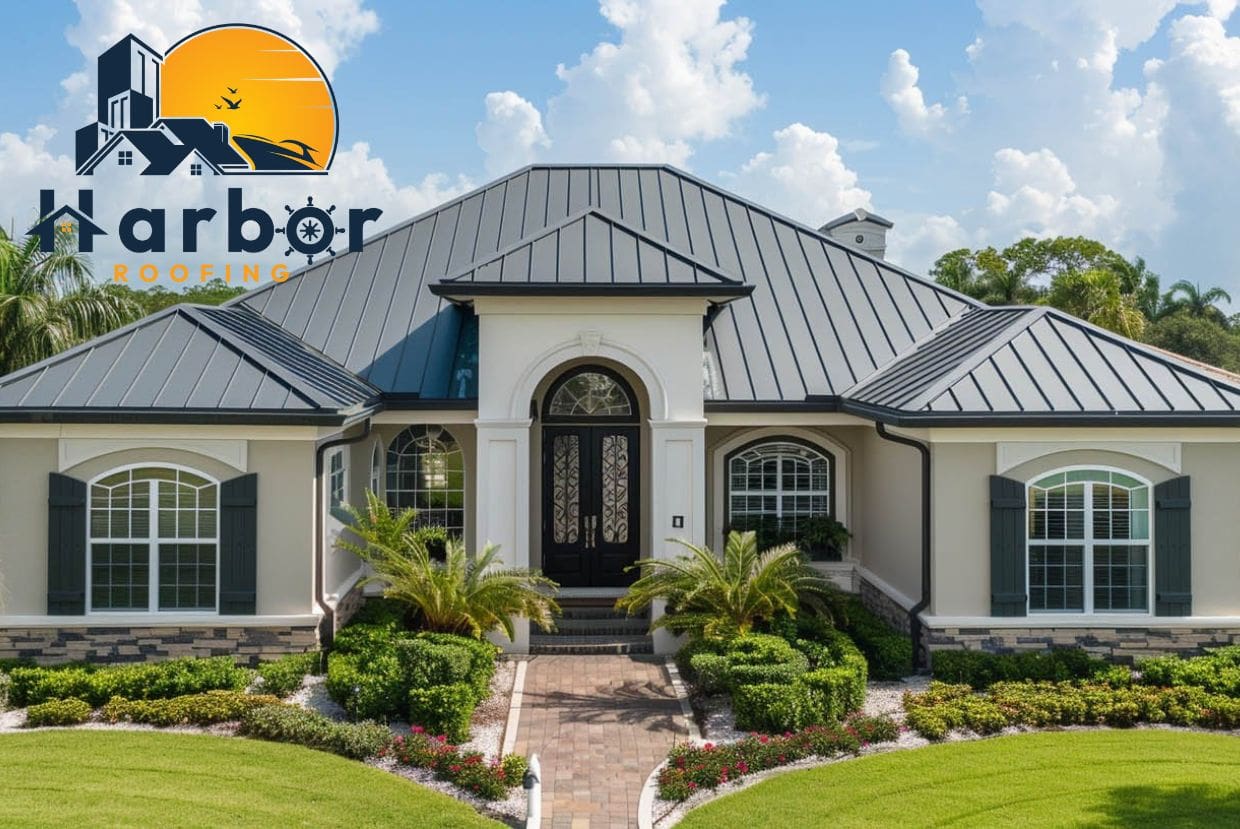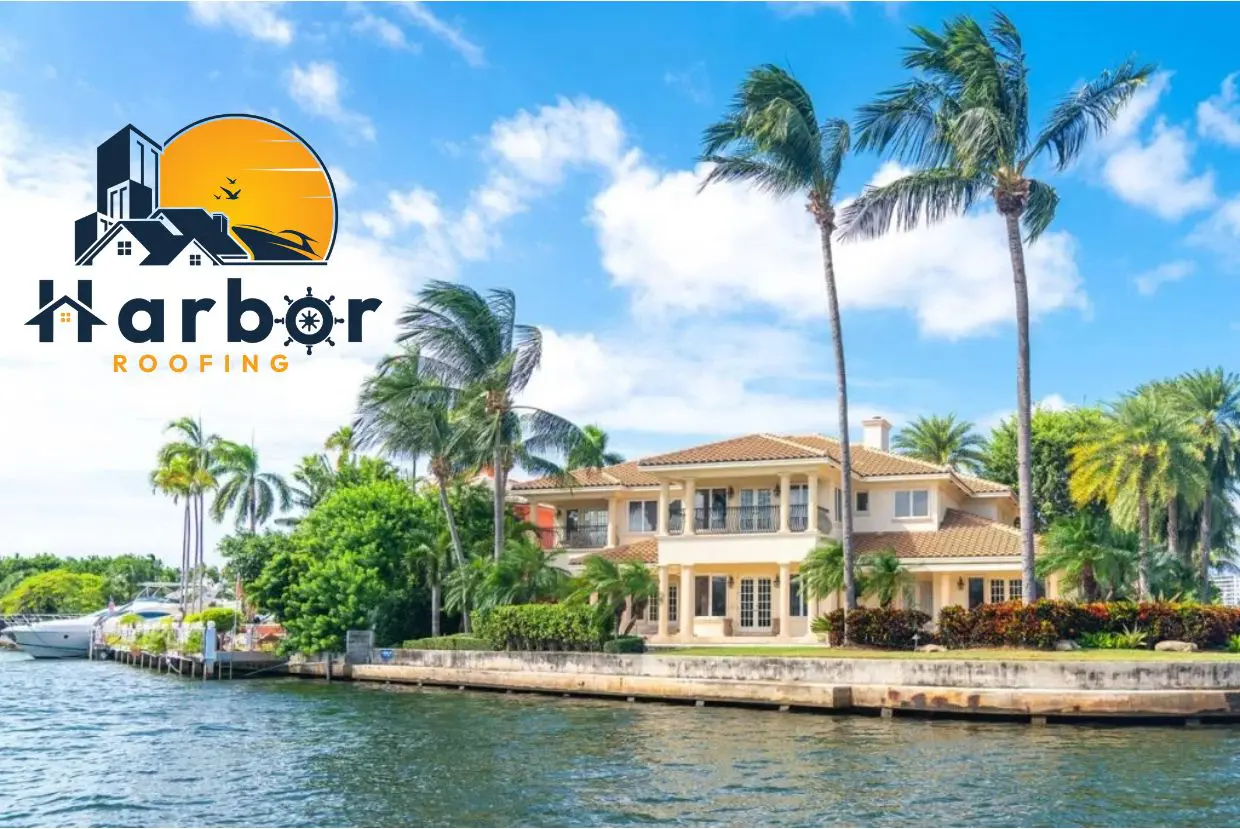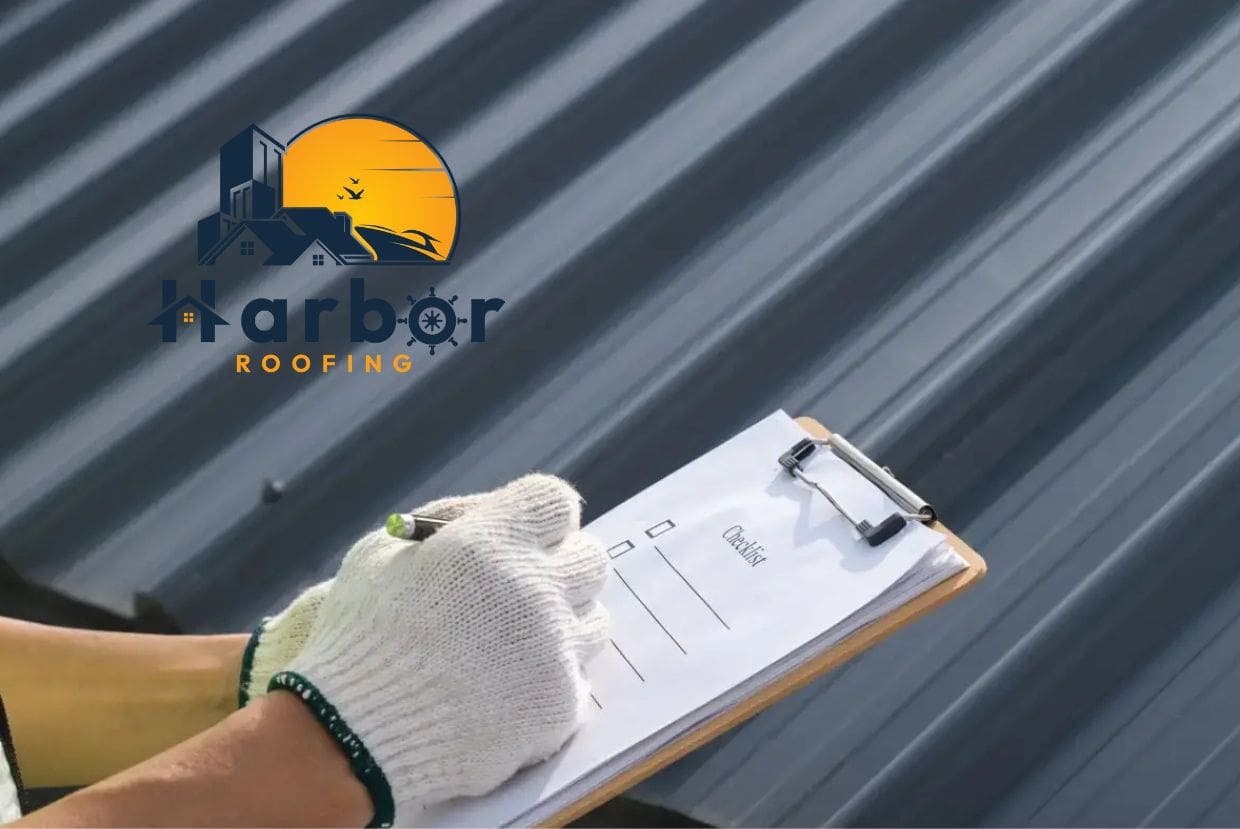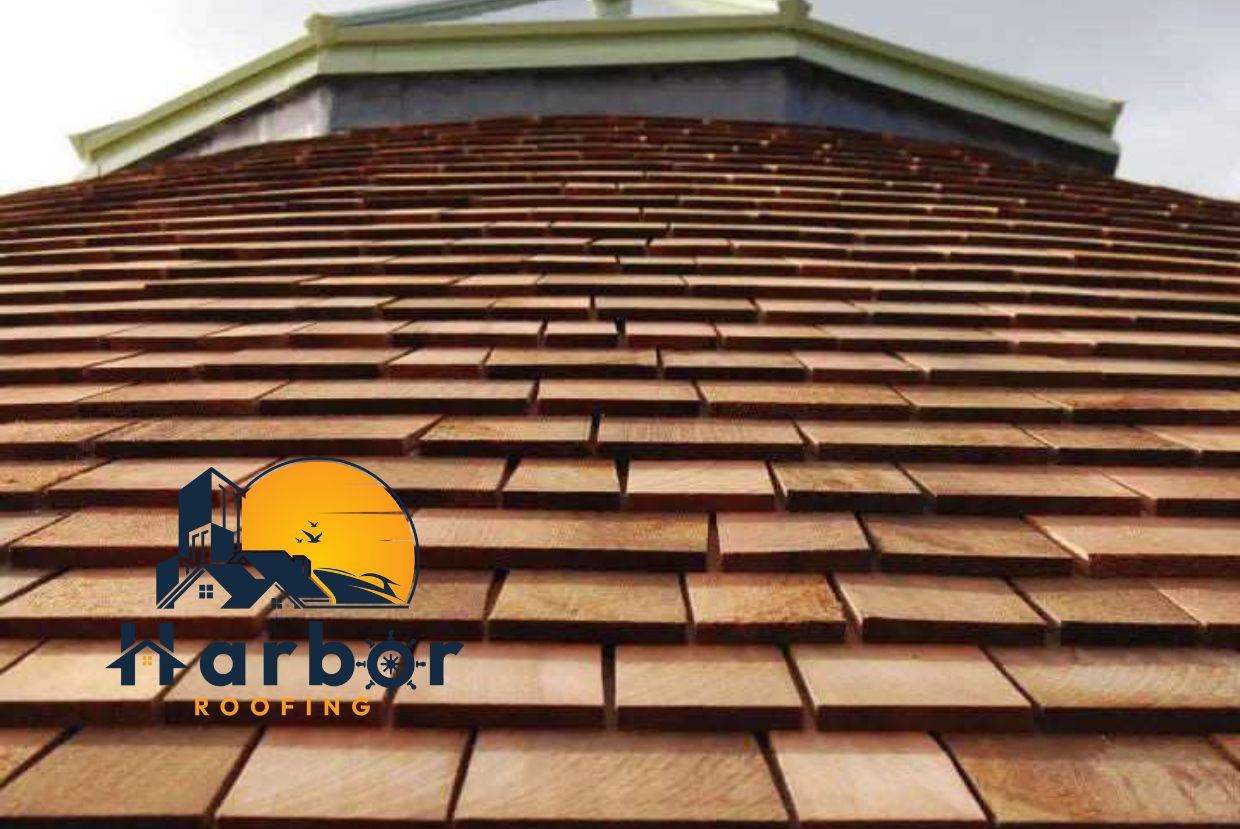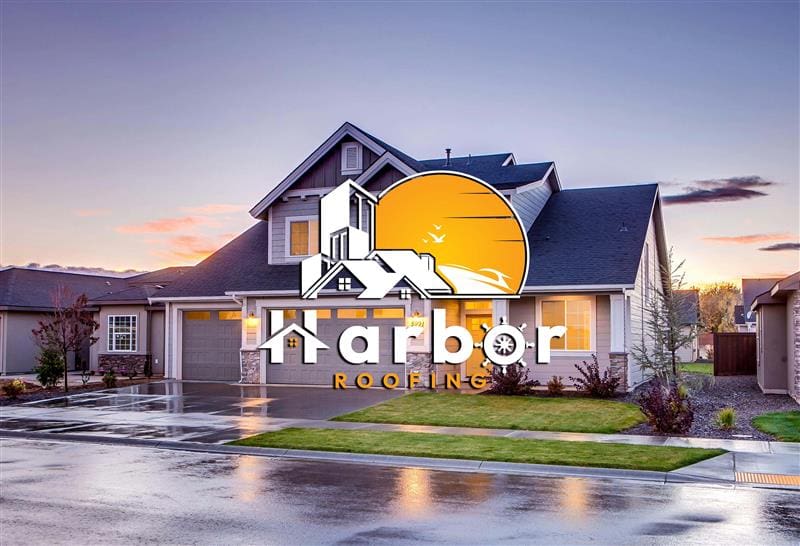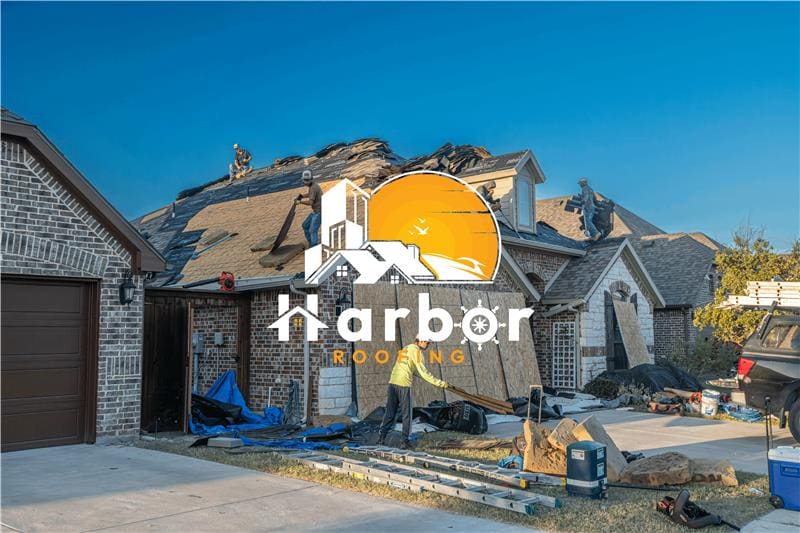Table of contents
- Quick TL;DR — Do This If You Spot Trouble
- Sign 1 — Missing or Visibly Damaged Shingles
- Sign 2 — Granule Loss and Bald Spots
- Sign 3 — Curled, Buckling, or Blistering Shingles
- Sign 4 — Sagging Roof Deck or Uneven Roofline
- Sign 5 — Interior Water Stains, Peeling Paint, or Ceiling Soft Spots
- Sign 6 — Visible Mold, Mildew, or Algae Growth
- Sign 7 — Damaged or Missing Flashing and Failed Seals
- Sign 8 — Excessive Attic Heat or Poor Ventilation
- Sign 9 — Blocked or Sagging Gutters and Poor Drainage
- Sign 10 — Daylight Visible Through Roof Boards or Roof Penetration Leaks
- Roof Inspection Tips Every Homeowner Should Use
- Don’t Wait for the Leak — Take These Steps Now
A minor leak today can lead to an expensive disaster tomorrow. Homeowners usually do not notice the subtle roof damage signs until they see water stains on their ceiling or when it begins to sag. On the other hand, your roof usually starts to give you an indication of damage if you know what to look for. Catching those signs early can save you thousands in repairs, as well as protect your home’s structure.
The main goal here is to be proactive. Also, with preventative maintenance and minor repairs, you can even prolong the overall life of your roof. And will help you prevent any sort of concealed damage. In this guide, we will try to identify some of the more recognized indications that your roof is due for some attention. So that you can act quickly, be safe, and avoid costly bill surprises in the future.
Quick TL;DR — Do This If You Spot Trouble
Before we get too far into the details. Let us quickly walk through what to do if you already feel something is unusual. Remember, if you observe any signs of roof damage. Acting immediately is better than taking a chance and waiting until it leads to costly repairs and potential interior issues. You don’t want a small drip to develop into major damage.
So once you believe you have an issue, respond quickly to safeguard your home. Here is what you can do right away:
- Call a professional roofer to inspect and repair the issue before it worsens.
- Protect your interior by placing buckets, moving valuables, and covering furniture beneath the affected area.
- Document everything with clear photos or videos for your insurance claim and future reference.
With just these simple proactive acts, you can limit deterioration, lower the repair cost, and protect the strength of the roof. Knowing this, let’s explore the ten subtle signs that show your roof needs attention.

Sign 1 — Missing or Visibly Damaged Shingles
What to Look For
Missing or visibly cracked shingles are probably one of the most common and easily noticeable roof damage signs to spot. After a heavy rain or strong wind, look for bare spots where shingles have blown off. As well as any lifted edges that might expose the underlayment. In the same vein, you might even notice pieces of shingles in your yard or gutters. Both are clear indications that your roof needs attention.
What to Do Next
Work fast to prevent any leaks or structural damage. This means replacing any damaged or missing shingles immediately or connecting with a professional roofer like Harbor Roofing for a full inspection.
Moreover, if you think the affected area is widespread, schedule prompt repairs if you want to prevent moisture damage. So that you can avoid moisture damage spreading across your attic and weakening your roof deck.
Sign 2 — Granule Loss and Bald Spots
What Granule Loss Looks Like
Granule loss is also counted among the most common roof damage signs that get overlooked. These small, sand-like particles safeguard your shingles from UV rays and water. Meaning, when they start washing into the gutter or leave dark, smooth patches on your roof. It’s a warranted sign that your shingles are wearing thin. You might also notice bare, shiny spots after heavy rain or strong winds.
Why It Matters and Quick Fixes
When your roof loses its granules, it loses its defense mechanism. Therefore, allowing sunlight and moisture to speed up its deterioration. To prevent this, you can clean your gutter periodically, along with inspecting for excessive granules. If you see a large area appear bald, call for a roofing professional immediately. Only patching or replacing the damaged shingles can prevent leaks and help extend your roof’s overall lifespan.
Sign 3 — Curled, Buckling, or Blistering Shingles
Visual Cues
Curled, buckling, or blistering shingles are also unmistakable roof damage signs of a deteriorating roof surface. You might notice shingles being lifted from the edges, curved inward, or housing bubble-like blisters. All of these flaws can disrupt the protective layer. Therefore, exposing the underlayment of your roof to rain and heat which then results in eventual roof leaks.
Causes and Urgency
Poor ventilation, trapped moisture, or long sun exposure are just a few reasons behind these issues. Not to mention the Floridian Heat can make the process even worse. In short, addressing curling or blistering right away by replacing them can help improve the attic airflow. Whereas delaying the repairs can lead to water intrusion, mold growth, and premature roof failure. Thus, turning a simple fix into a costly replacement.
Sign 4 — Sagging Roof Deck or Uneven Roofline
Spotting Structural Sagging
One of the most frequent and serious roof damage signs is a sagging or uneven roofline. The best way to see this is by standing back from your home and searching for dips, curves, or even areas along the roof’s surface. Similarly, you may even notice interior seams pulling apart, or ceiling lines that look “wavy”. All signs that your roof deck is becoming weak under the singles.
Risk Level and Next Steps
Trapped moisture, rotting wood, or compromised structural supports are usual causes of sagging. Moreover, these issues require immediate professional attention from service providers. Also, during this period, avoid walking on the roof, as it might not be stable. So, connect with a licensed roofing contractor such as Harbor Roofing right away to find the severity of the damage. Thus, it prevents any potential roof collapse or costly repairs.
Sign 5 — Interior Water Stains, Peeling Paint, or Ceiling Soft Spots
Attic and Interior Clues
Some of the most overlooked roof damage signs appear inside your home rather than outside. Look at your ceilings and upper walls and scan for yellowish water stains, bubbling paint, or damaged insulation in the attic. These signs generally point to moisture seeping through compromised shingles or flashing, signaling leaks that might have already been spreading silently.
How Quickly to Act
As soon as you see interior water damage, you need to act quickly. Try to dry the affected area, remove the wet material, and schedule a professional roof inspection. Keep in mind that even the slightest of stains can indicate major leaks. Moreover, preventing it early on can help in avoiding mold growth, structural decay, and extensive repairs.
Sign 6 — Visible Mold, Mildew, or Algae Growth
Exterior Versus Interior Growth
A few clear roof damage signs of these issues include dark streaks on shingles, green moss patches, and black spots in your attic. These growths tend to thrive in humid, shaded areas, which are perfect spots for moisture to linger. Algae may appear as dark stains on the surface, while mold or mildew typically spreads underneath shingles or in poorly ventilated attic spaces.
Health and Structural Concerns
Outside of appearance, mold and mildew can also affect your indoor air quality, as well as weaken the wooden support. Consequently, this trapped moisture also leads to rot and faster roof deterioration. If you want to improve your attic ventilation, you need to clean these affected areas meticulously.
In fact, it’s best to contact a roofing specialist, as they can assess underlying damage before it leads to major health or status problems.
Sign 7 — Damaged or Missing Flashing and Failed Seals
Where Flashing Fails
Missing or damaged flashing around the chimneys, vents, and skylights also rank high among the most common roof damage signs. Flashing works as a waterproof barrier that seals roof joints. Meaning, when it cakes, rusts, or pulls away, rainwater starts to seep in. Not long after, this moisture then results in leaks that travel through ceilings and walls, creating hidden damage.
Repair Options and Urgency
Check the flashing regularly, particularly after heavy storms or strong winds. Small cracks can generally be resealed with roofing cement, while other pieces of flashing may need to be replaced by a professional. Ignoring flashing problems creates a pathway for water intrusion, which can cause mold growth, rotting decking, and expensive structural repairs.
Sign 8 — Excessive Attic Heat or Poor Ventilation
How to Identify Ventilation Problems
One more common roof damage sign that homeowners miss is poor airflow in their attic. During hot months, trapped heat can warp shingles, dry out underlayment, and shorten your roof’s lifespan. Whereas in cooler or humid climates, poor ventilation can lead to poor ventilation may cause condensation, damp insulation, or mildew growth along rafters and decking. All indicators of improper airflow.
Fixes That Extend Roof Life
To avoid damage, make sure your attic has both intake and exhaust vents that are balanced. Unclogging blocked soffits, adding ridge vents, and keeping insulation away from ventilation. These openings are simple improvements that work together to control temperature and reduce moisture buildup.
Moreover, modest improvements can aid in regulating your attic temperature. Thus, it reduces moisture buildup and significantly extends its functional life and overall efficiency over the course of its lifespan.
Sign 9 — Blocked or Sagging Gutters and Poor Drainage
What Gutter Issues Reveal
Clogged or sagging gutters are often a tip-off of serious roof damage that goes beyond simple water overflow. When gutters and downspouts are clogged, water backs up under shingles, causing leaks and rotting of your fascia boards. You may also notice pooling around the foundation of your house and streaks along your exterior walls, all of which extend farther than the drainage system of your roof.
Maintenance Steps and Quick Wins
If you want to prevent this, you will have to clean your gutter at least twice a year. Particularly after storms or heavy leaf fall. Likewise, reattach any loose sections while making sure downspits are directing the water away from your home. Adding gutter guards or splash blocks can also improve drainage. Therefore, preventing water infiltration and protecting your roof from long-term moisture damage.
Sign 10 — Daylight Visible Through Roof Boards or Roof Penetration Leaks
How to Check Safely from Inside
Daylight shining through your attic roof boards is one of the most shocking evidence of roof damage. Even little streaks of light point to areas where there are gaps, cracks, or missing shingles that let in both moisture and light. While you’re up there, look for damp rafters, wet insulation, or the smell of decay – all clear signs that water intrusion is already happening.
Immediate Actions and Professional Repair Advice
Do not neglect visible daylight or actively dripping water leaks. If rain is expected, cover those areas that are showing daylight or that are leaking with waterproof tarping, and call a certified roofer as soon as possible.
A qualified roofer can diagnose the specific cause of the issue, reseal any penetrations, and reinstate the integrity of the roof system before minor gaps become potential and costly failures to the structural integrity of the roofing system.
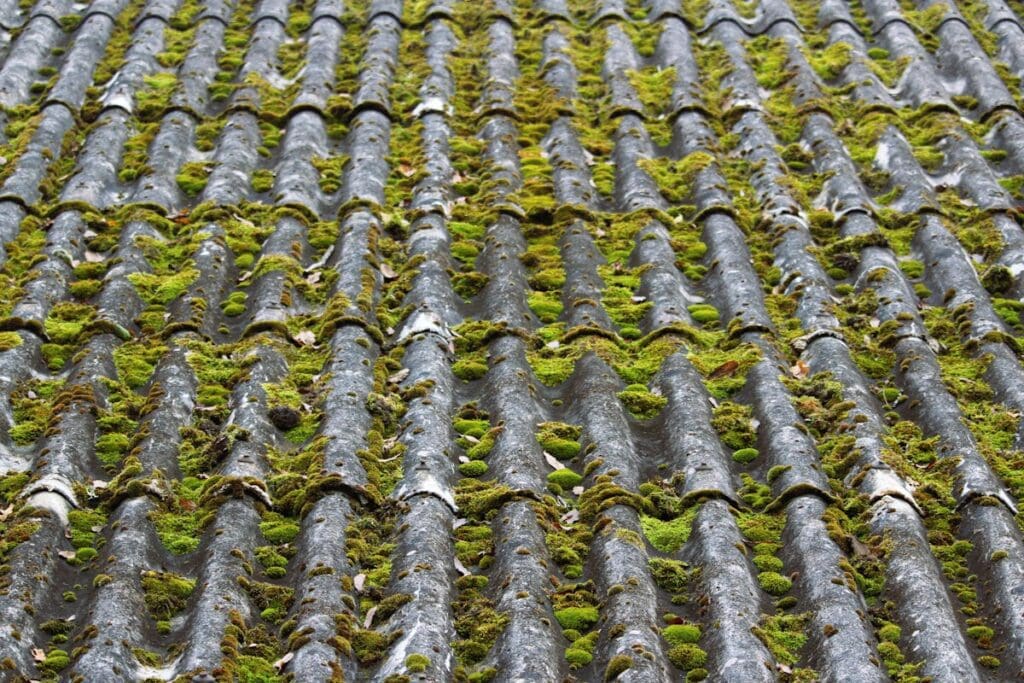
Roof Inspection Tips Every Homeowner Should Use
As mentioned, periodic inspections are the best and easiest way to prevent unexpected roof repairs. In fact, professional roofers encourage homeowners to inspect their roofs at least once a year and always after a major storm. This allows them to spot early roof damage signs prior to becoming expensive leaks or structural damage. Here are a few roof inspection tips to make it easy to identify problems quickly and safely.
Safe Visual Inspection Checklist
When you start inspecting your roof, safety should be your top priority. Stay on the ground or use a sturdy ladder if needed. Here’s what to look for during your visual inspection:
- Check shingles for curling, cracks, or missing sections.
- Check flashing around chimneys, vents, and skylights for rust or separation.
- Check gutters for sagging, clogs, or accumulated shingle granules.
- Check the attic for moisture, dark stains, or musty odors.
- Check vents and penetrations for loose seals or visible gaps.
- Check ceilings indoors for water stains or peeling paint.
- Check the roofline from a distance for sagging or uneven areas.
When to Hire a Pro versus DIY
Although a few basic inspections can be done safely by homeowners, some issues require a professional touch. Hire a roofer when you notice widespread damage, leaks, or structural irregularities. These professionals utilize specialized equipment that helps them detect moisture beneath shingles and assess hidden weakness. Plus, they provide documentation for insurance claims and even recommend cost-effective repairs.
By combining DIY checks with occasional professional inspections, you’ll keep your roof strong, safe, and weather-ready year-round.
Don’t Wait for the Leak — Take These Steps Now
Even the slightest of roof damage signs can turn into major issues if they are left unattended. So, act now by inspecting your shingles, cleaning your gutters, and sealing minor gaps before the next big storm strikes. However, when damage looks severe or uncertain, call for a professional inspection. In short, protect your home today so that you can prevent tomorrow’s costly repairs.
